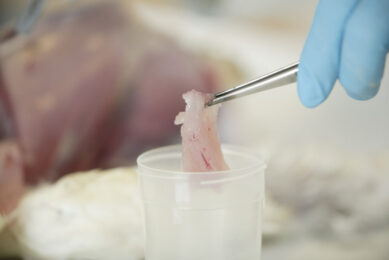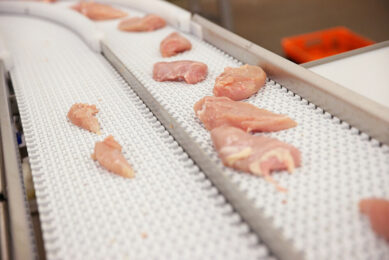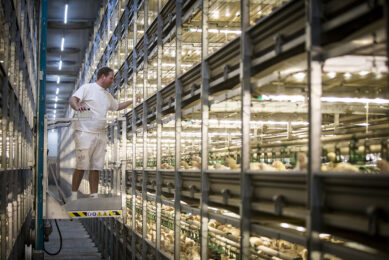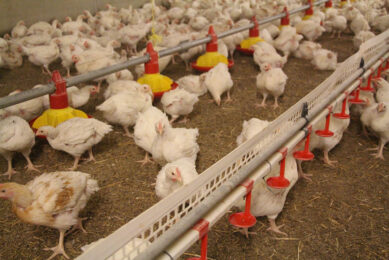European poultry market growing and still has much potential
European poultry production is projected to growth by 8% by 2015. Consumption is set to increase by 9% in the EU, from an average of 22.2 kg per capita in 2008. And there’s still plenty of room for growth: Brazilians eat 39.9 kg of broiler per year. CeePackaging reports.
However, poultry producers also face intense price pressure and fierce competition – especially with the economic downturn such as from farmed fish. Meanwhile, input costs – wheat, soya – are expected to rise. In this context, the challenge for producers and retailers is to differentiate and inject value into a meat that continues to be perceived as a low-value product.
As consumption patterns are changing. Back in 1970, 70% of poultry sold in the US was whole and only 11% was further processed. In 2009, only 4% was sold whole and 48% further processed. Meanwhile, fast food chains revolutionized the market in the 1980s by introducing nuggets, wraps, salads and such: foodservice outlets now account for 42% of chicken sales in the US.
According to Nan-Dirk Mulder, Associate Director Commodities of Rabobank International, there is still plenty of potential for innovative poultry brands. “European poultry producers don’t make the most of the large EU market,” he points out. “The future belongs to the companies who can tackle volatility”.
On the retail side, the weight of major supermarket chains puts pressure on producers. In Britain, for instance, the five largest retailers account for 85% to 90% of poultry sales. Providing the distributor’s perspective, Metro Cash & Carry International’s Head of Meat Management, Bart Blomme, confirmed that volatility is a killer for retailers. “We cannot pass on the changes in input prices to our foodservices customers,” he said.
Nan-Dirk Mulder explains that the meat market has become much more turbulent since 2006, when globalization started in earnest. In 2008, volatility of exchange rates (e.g. with the Brazilian real) was added to commodity price volatility.
“The global meat market is slowly recovering from the recession, but is hampered by trade restrictions,” Nan-Dirk Mulder added. The Russian ban on imported broilers accounts for much of the 4% drop in the global poultry trade forecast by the USDA for 2010. Nonetheless, poultry production should increase by 3% this year, outperforming pork and beef (1.6% and -0.7% respectively).
“By 2030, poultry will overtake pork as the world’s preferred animal protein,” Mulder says. The meat market as a whole will increase by almost 40% in the next 20 years. 70% of the growth in demand will come from Asia, particularly China. Poultry, however, has a more international profile, with a larger share of demand growth coming from non-Asian countries: good news for the European poultry industry.













